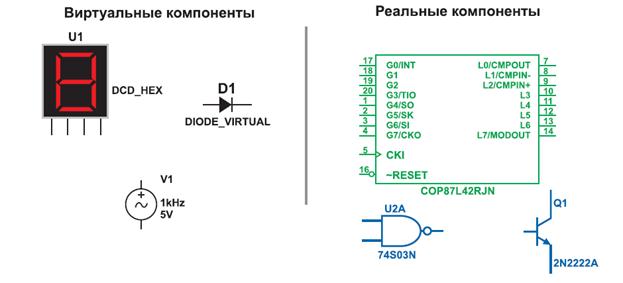ADMINISTRATION OF DRUGS
The route of administration of a drug (how it is introduced into body) is very important in determining the rate and completeness of its absorption into the bloodstream and speed and duration of the drug's action in the body. Many different methods are used to administer drugs: Oral Administration. The route of administration is by mouth. Drugs given orally, must pass into the stomach and be absorbed into the bloodstream through the intestinal wall. Although this method is probably most acceptable to patients frоm the standpoint of convenience, it may have several disadvantages. If the drug is destroyed in the digestive tract by digestive juices or if the drug cannot pass through the intestinal mucosa, it will be ineffective. Also, oral administration is slower than other methods and disadvantageous if time is a factor in therapy. Sublingual Administration. In this route of administration, drugs are not swallowed but are placed under the tongue and allowed to dissolve in the saliva. Absorption may be rapid for some agents. Nitroglycerin tablets are taken this way to treat attacks of chest pain (angina pectoris). The nitroglycerin is rapidly absorbed into the bloodstream and opens coronary arteries to increase blood flow to the heart muscle. Rectal Administration. Suppositories (cone-shaped objects containing drugs) and aqueous (water) solutions are inserted into the rectum. At times, drugs are given by rectum when oral administration presents difficulties, such as when the patient is nauseated and vomiting. Parenteral Administration. This type of administration is accomplished by injection through a syringe under the skin, into muscle, into a vein, or into a body cavity. There are several types of parenteral injections: Subcutaneous Injection. This injection is sometimes called a hypodermic injection,and is given just under the several layers of the skin. The outer surface of the arm and the anterior surface of the skin are usual locations for subcutaneous injections. Intradermal Injection. This shallow injection is made into the upper layers of the skin. It is used chiefly in skin testing for allergic reactions. Short needles are used, and an elevation appears on the skin when an intradermal injection is given properly. Intramuscular Injection (I.M.). This injection is given into the muscle, usually into the buttocks. When drugs are irritating to the skin or when a large volume of a long-acting drug is to be given, I.M. injections are advisable. Intravenous Injection (I.V.). This injection is given directly into the veins. It is given when an immediate effect from the drug is desired or when the drug cannot be given into other tissues. Good technical skill is needed in administering this injection as leakage of drugs into surrounding tissues may result in damage to tissues. Intrathecal Injection. This injection is made into the sheath of membranes (meninges) which surround the spinal cord and brain. The effects of the drug so administered are usually limited to the central nervous system, and intrathecal injections are often used to produce anesthesia. 1ntracavitary Injection. This injection is made into a body cavity, as, for example, into the peritoneal or pleural cavity. Inhalation. In this method of administration, vapors, or gases, are taken into the nose or mouth and are absorbed into the bloodstream through the thin walls of the air sacs in the lungs. Aerosols (particles of the drug suspended in air) are administered by inhalation. Topical Application. This is the local external application of drugs on skin or mucous membranes of the mouth or other surface. It is commonly used to accelerate the healing of abrasions, for antiseptic treatment of a wound, and as an antipruritic (against itching). Topical application may also include administration of drugs into the eyes, ears, nose, and vagina. Lotions are used most often when the skin is moist, or "weeping," and ointments and creams are used when the lesions are dry.
|




